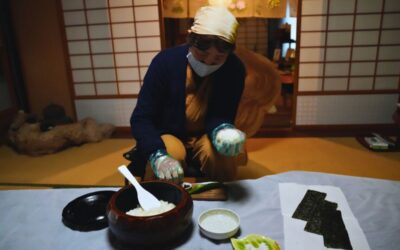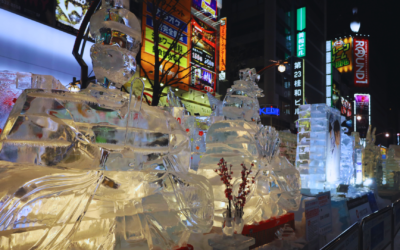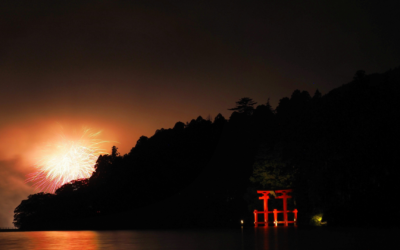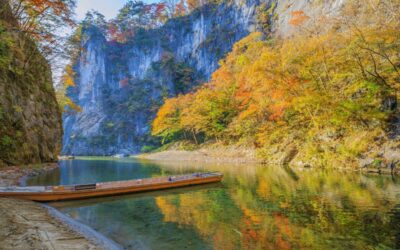Each and every flower in Japan represents something special. No matter the season, the time of year, or the prefecture, you can discover various blooms at nearly every turn.
Ume in Japan, also known as Japanese plum, are among the most gorgeous of these flowers. There are numerous beautiful spots across the country where you can experience these seasonal delights.
To help you fully enjoy ume in Japan, let’s dive into when and where to see them, as well as their cultural significance.
Find out all about the different flowers in Japan you can enjoy throughout the year, like cherry blossoms, tulips, azaleas, roses, poppies, salvia, hydrangea, iris, lavender, indian lotus, sunflowers, ume, and moss phlox.
What Makes Ume in Japan Special?

The Japanese plum, sometimes referred to as Japanese apricot, was introduced from China and has been an integral part of Japanese culture for thousands of years.
Although it was eventually overshadowed by the cherry blossom in popularity, ume still holds a cherished place in Japanese tradition. Blooming in late winter, usually between February and March, ume are among the earliest flowers to herald the arrival of spring.
Ume in Japan are celebrated not only for their beauty but also for their strong, sweet fragrance, which sets them apart from cherry blossoms.
Most plum blossoms have five petals and range in colour from white to deep pink, though some varieties boast weeping branches or additional petals. The ume tree’s striking appearance and delightful scent make it a favourite subject of festivals and celebrations across the country.
When to See Ume in Japan

The best time to see ume in Japan generally falls between February and March. However, the exact timing varies depending on the location and variety of the plum tree.
Some early-blooming types can be seen even earlier. Festivals dedicated to ume, known as “ume matsuri,” are held during this period, offering visitors the chance to enjoy these blossoms in stunning settings.
Where to See Ume in Japan
Bairinji Temple

Bairinji Temple boasts around 170 plum trees of ten different varieties, lovingly cultivated by the resident priests. The red and white blossoms create a soothing palette of colours and scents. The trees typically bloom from early to late February, making it a perfect time to visit.
Kairakuen

As one of Japan’s Three Great Gardens, Kairakuen hosts an annual plum festival. Visitors can marvel at over 100 varieties of plum blossoms, which bloom in succession to ensure a long viewing period. The garden’s expansive grounds make it a top destination for ume enthusiasts.
Fuchu City Local Forest Museum
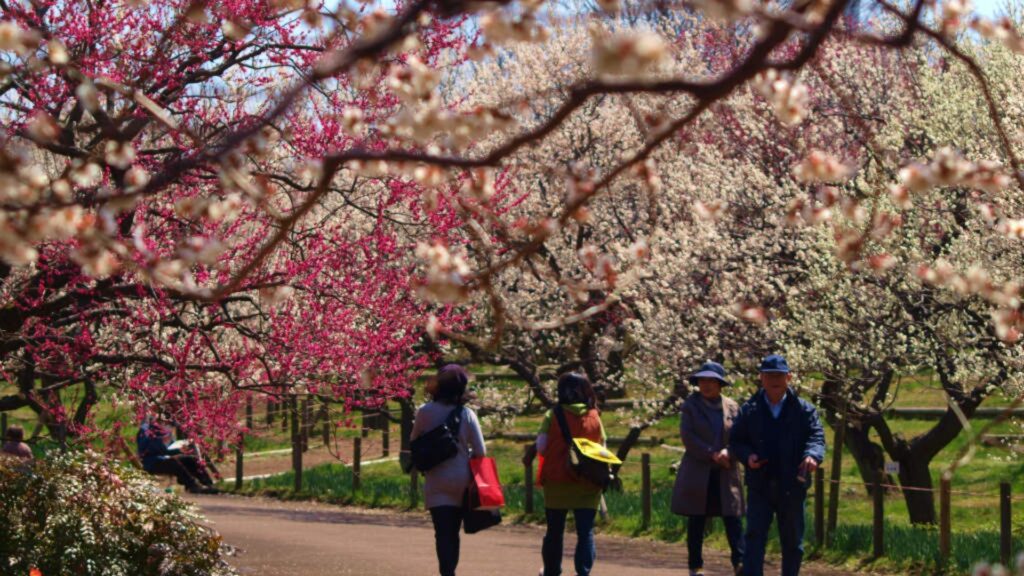
This 14-hectare outdoor museum features a diverse array of plum trees. The plum garden is home to about 60 varieties, including the famed red and white plums of Dazaifu.
This year, the forest museum will celebrate the annual plum blossoms festival from February 1st to March 9th, 2025.
Showa Kinen Park

Spanning an area equivalent to 39 Tokyo Domes, Showa Kinen Park is a national treasure where seasonal flowers, including ume, bloom in abundance.
With approximately 80 types of plum blossoms and 230 plum trees in total, the park offers a delightful experience for nature lovers through mid-March.
Atami Plum Garden Plum Festival

The Atami Plum Garden is a must-see location, featuring 469 plum trees across 60 varieties. Some trees are over a century old, and the garden’s combination of early, mid-season, and late bloomers ensures that visitors can enjoy ume blossoms throughout the festival season.
Why Visit Japan for Ume?
Japan’s diverse array of flowers makes it a paradise for nature enthusiasts. No matter the season, you’re sure to find something stunning in bloom.
Ume in Japan, with their vivid colours, sweet scent, and cultural significance, are a highlight of the late winter and early spring calendar. From February through March, these blossoms transform parks, temples, and gardens into breathtaking landscapes.



